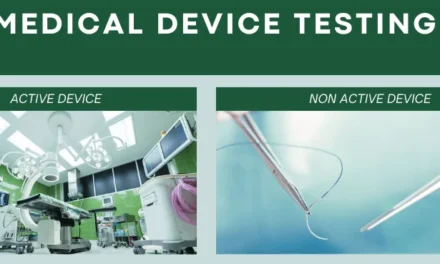
How has the COVID-19 pandemic impacted the medical device industry?

The COVID-19 pandemic has had a profound and multifaceted impact on the medical device industry, reshaping its dynamics in several ways:
1. Increased Demand for Certain Devices:
- Respiratory and Monitoring Equipment: There was a surge in demand for ventilators, oxygen concentrators, pulse oximeters, and patient monitoring systems.
- Diagnostic Devices: Rapid diagnostic kits, PCR machines, and related consumables became critical for managing the pandemic.
- PPE and Sterilization Equipment: The demand for masks, gloves, face shields, and sterilization systems skyrocketed.
2. Supply Chain Disruptions:
- Raw Material Shortages: Global lockdowns disrupted the supply of raw materials and components, leading to delays and shortages.
- Logistics Challenges: Transportation restrictions and port closures created bottlenecks in the supply chain.
3. Shift in Focus and Prioritization:
- Deferred Elective Procedures: Hospitals and healthcare providers postponed non-essential surgeries, reducing demand for devices like orthopedic implants and surgical instruments.
- Pandemic-Centric Innovations: Companies redirected resources to develop pandemic-specific technologies, such as telemedicine devices, remote monitoring systems, and rapid diagnostics.
4. Regulatory Changes and Fast-Tracking:
- Emergency Use Authorizations (EUA): Regulatory bodies expedited approvals for COVID-19-related devices, enabling quicker market access.
- Streamlined Processes: Agencies introduced temporary measures to facilitate the rapid deployment of critical devices.
5. Digital Transformation:
- Telehealth and Remote Monitoring: There was an accelerated adoption of telehealth solutions and connected medical devices for remote patient management.
- AI and Data Analytics: AI played a significant role in diagnostics, predictive modeling, and optimizing resource allocation during the pandemic.
6. Economic and Financial Impacts:
- Revenue Shifts: Companies focused on pandemic-specific devices experienced revenue growth, while those dependent on elective procedures faced declines.
- Mergers and Acquisitions: The financial pressures and shifting priorities prompted consolidation within the industry.
7. Innovation and R&D Boost:
- Vaccine Delivery Systems: Companies developed specialized syringes and cold chain storage solutions for vaccine distribution.
- Next-Generation Diagnostics: Advances were made in rapid testing technologies and mobile diagnostic platforms.
8. Global Collaboration:
- Public-Private Partnerships: Governments, industry players, and non-profits collaborated to scale up production and distribution.
- Shared Technology Platforms: Open-source initiatives and shared IP frameworks emerged to address critical gaps.
Long-Term Implications:
- Resilience in Supply Chains: Companies are rethinking their supply chain strategies to reduce dependency on single geographies and enhance robustness.
- Regulatory Evolution: The pandemic may lead to more adaptive and responsive regulatory frameworks.
- Sustainability Focus: Emphasis on eco-friendly practices in manufacturing and disposal of single-use devices has gained momentum.
The pandemic has served as both a challenge and a catalyst for innovation, likely leading to a more agile, technology-driven, and collaborative medical device industry in the years ahead.




























